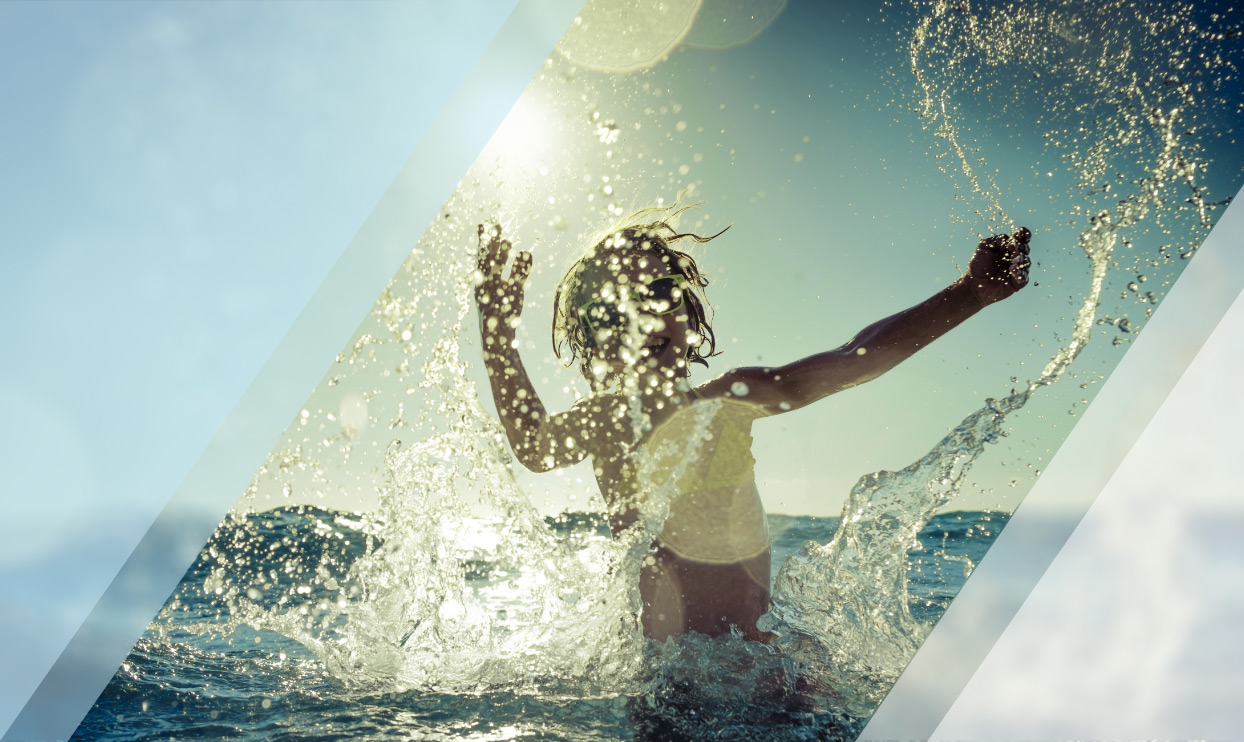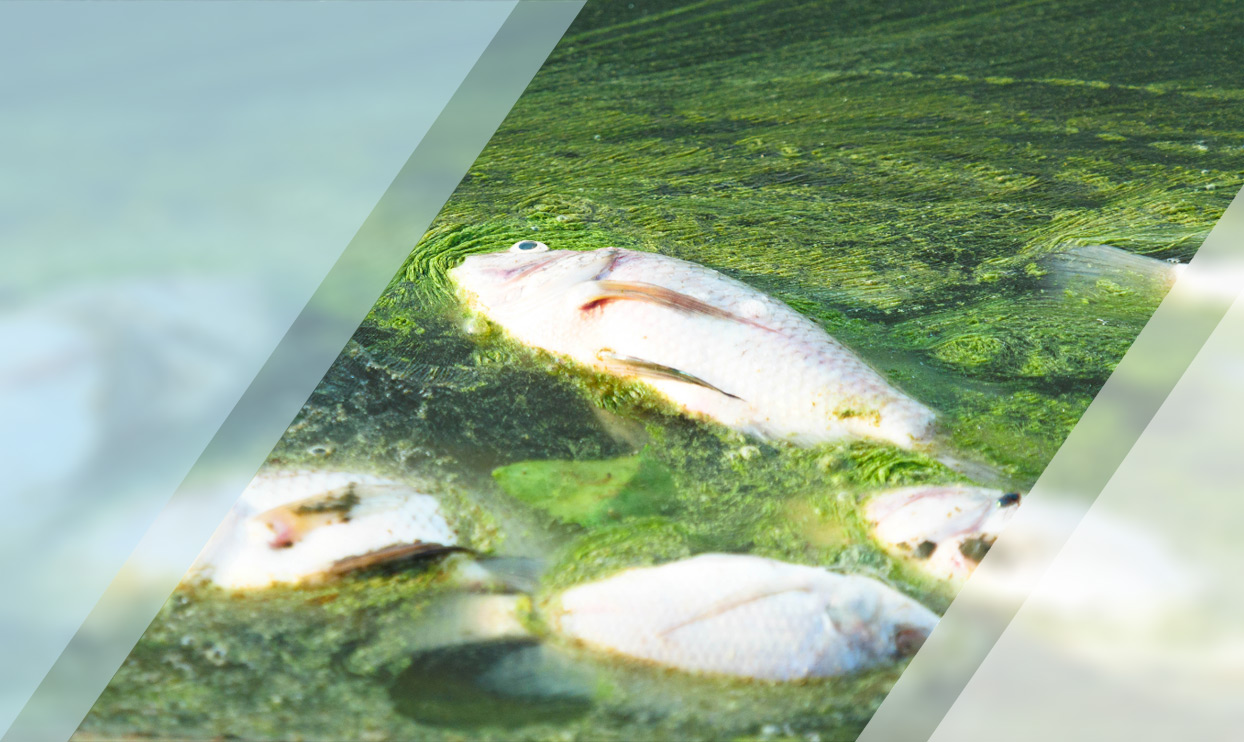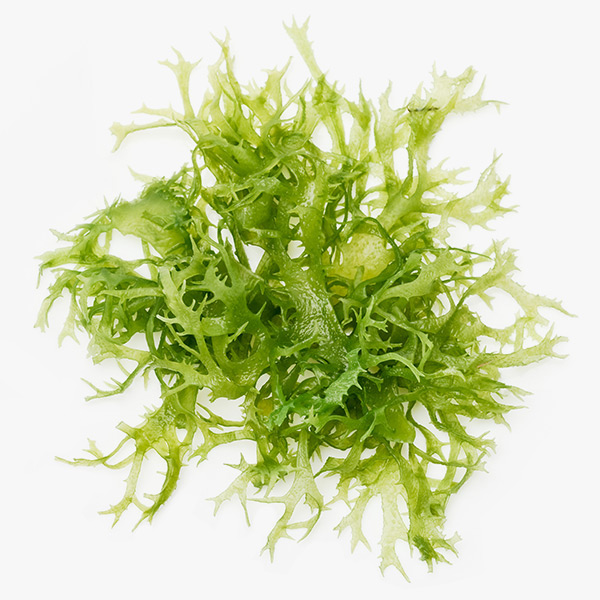We believe that everyone should have access to clean fresh water. Therefore, we develop a state of the art monitoring system to keep track of all fresh water resources on land that are essential to our lives and livelihood. Based on our insight, we can make sick lakes healthy again together. And to prevent lakes from getting sick (again), we spread knowledge on how to save water and thus lives and economies.
It is our mission is to save all lakes from HABs. We will do that by creating awareness about the origin of the problem and the problem itself; assess the health of the lakes using satellite imagery; and take action to recover the lakes back to a healthy status.

We will create awareness about harmful algal blooms on multiple levels: local, national and international; laymen and professionals, to further support our mission and vision to save lakes and maintain access to clean and safe water.
We will develop a platform visualizing all lakes, providing the diagnostic data and real time stats on water quality in lakes based on the following data:
The information we provide will be shared for free. We will play an active role in recovering lakes together with the local stakeholders. Based on our diagnostic reports combined with treatment advice, local water institutions and/or government will gain easier access to funds for preventive measures or solutions to harmful algal blooms.
We will start our mission on the African continent where the need for reliable freshwater for drinking, fishing and irrigation is very high, but lake management practices are very insufficient. Here we will pre-screen and diagnose 677 lakes of ≥ 1 km2 (threshold set by United Nations Environment Programme), we will provide data reports with treatment plans and we will create awareness about the harmful algal blooms in Africa and scale this initiative worldwide.
The next step is to scale-up to the Latin-American and Asian continent, before scaling up to Europe, North-America and Australia.
Would you drink the water that is sitting in your shower drain? Probably not as a lot of bacteria have accumulated there and would make you sick. But what if you have no other option because that’s the last accessible water? This is reality for billions of people who rely on surface waters, like lakes, ponds and dams. Due to intensive industrialization, agriculture and human actions, our lakes have become gutters. And feasting on all that waste are algae to the extent that they become very harmful.
How harmful are these blooms?
The toxins coming from HABs create the following illnesses in humans:
• Respiratory issues
• Stomach aches, vomiting and diarrhoea
• Liver damage and cancer
• Motor Neuro Diseases like ALS, Parkinson and Alzheimer
Fish and shellfish can be poisoned by algae, making them very dangerous for us to eat. Cattle and mammals can also be infected by HABs when they swim in contaminated water or drink from it.


Algae are a fundamental part of our ecosystem on earth. There are believed to be up to a million different algae species on land, in the sea and in fresh waters. Some types of algae produce toxins that can be harmful to the ecosystem in lakes, animals and people. Where these harmful algae grow rapidly and accumulate in a water environment, it is known as a harmful algal bloom (HAB). These HABs grow best in nutrient rich waters and in warmer temperatures. Hence the combination of climate change and (agricultural) pollution has severe impact on the number of HABs in our lakes and the duration of these HABs.
We want and need to collaborate with local universities, knowledge institutes, water managers and governments on making lakes healthy again. If you want to support our mission and/or need help with making your local lake healthy, we would love to get in touch with you.